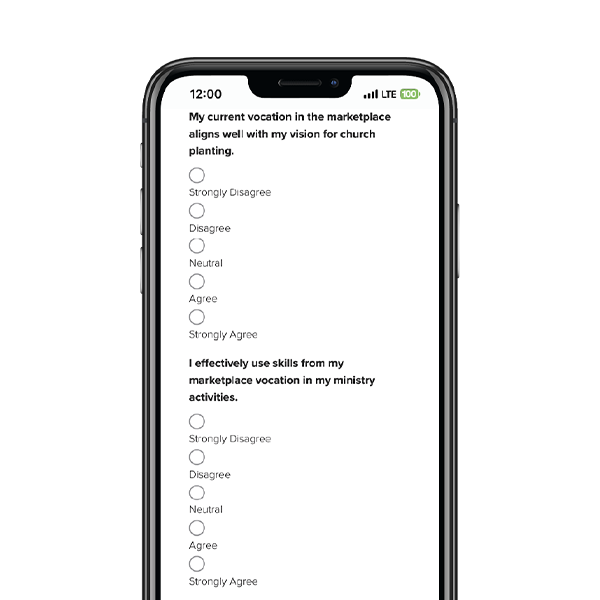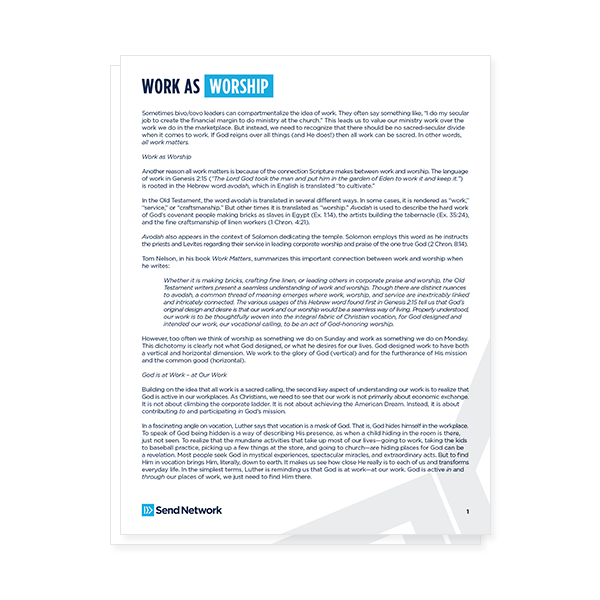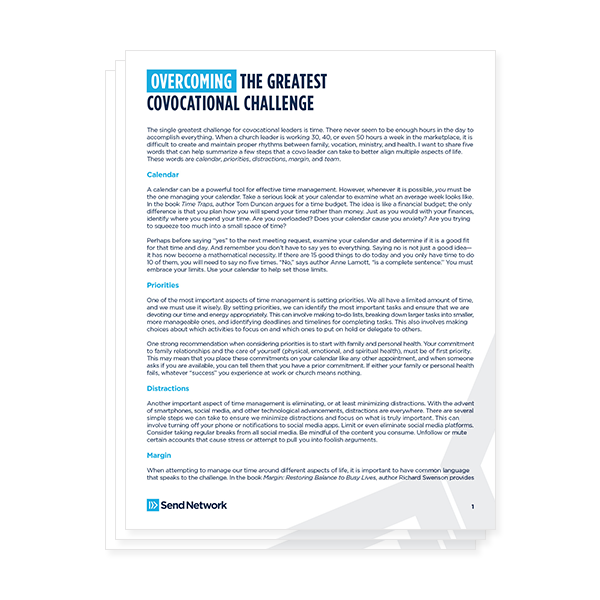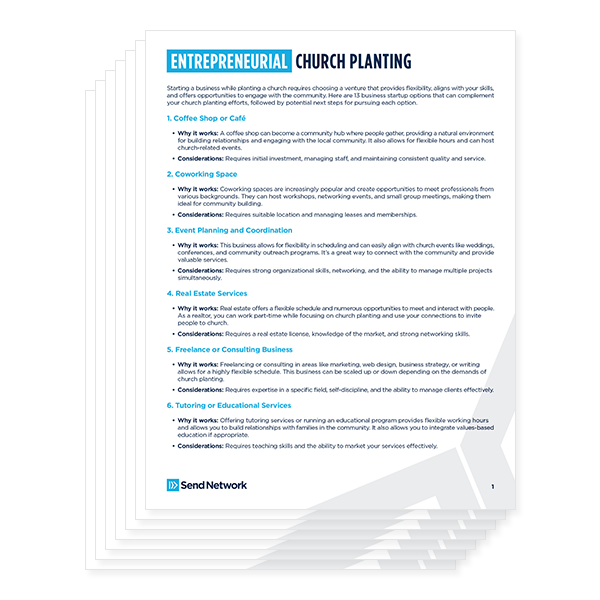Never has there been easier ways for local churches to get their messages out to more people as there is today. It’s now simpler than ever to post information about your church, get sermons out, and help people get connected online.
With that in mind, creating a church website can feel like an overwhelming task. It can cost lots of time and money, and often we don’t know where to start. So whether you’re designing or redesigning your church website, here are some things to help:
Make sure it’s mobile-friendly.
Well over 50% of web traffic is now via mobile devices (phones, tablets, etc.). Which means if your site is not designed with those devices in mind, people probably won’t use your website very often.
For clarity, “mobile-friendly” means a person can navigate the site without constantly pinching and zooming.
Use already-created platforms.
You don’t have to hire a design firm and pay thousands of dollars, especially when you’re just getting started. There are lots of platforms online to build your church website that are very affordable, and don’t require tons of expertise to set up. Some of the most popular are Squarespace, Ekklesia360, and Clover. I’ve also heard good things about the upcoming launch of The Grid.
Make services and sermons easy to find.
The two things people are most looking for online are 1) service time(s) and location(s), and 2) sermons. Make those two things obvious on your homepage.
Pictures, pictures, pictures.
Keep in mind that a lot of people visiting your site want to know what it will feel like if they visit on a Sunday.
Graphics are great, but photos tell stories.
You may have someone in your church willing to take some photos for free. If that’s not an option, look online for fair use photos of your city to use. Just make sure they’re labeled for re-use.
Easy to remember URL.
If there are obscure letters, numbers, or multiple backslashes in your URL, people are gonna have a hard time remembering it. Look for ways to shorten and simplify your domain name. If the one you want is taken, try adding intriguing words (for instance, christchurch.com may not be available, while wearechristchurch.com might be).
Inclusive language.
Keep in mind that a new user to your website probably doesn’t know what a “D-group” is, and definitely doesn’t know what your “Inspire” ministry on Tuesday nights is about or who it’s for.
Err on the side of over-explaining things online, so that a new person doesn’t feel alienated by insider language.
By explaining any new words or ideas, you help outsiders feel like insiders, and help insiders remember the purpose of things that they may have forgotten.
Redesign often, but not too often.
Most web professionals will tell you to redesign your website every 2-4 years. I think it’s important to keep your website relatively close to current trends and industry standards, but redesigning too often can make frequent users unfamiliar with how to navigate your site.
Always be looking for ways to improve your website so that people feel welcomed, even when they’re looking you up online. Websites can make people more comfortable with a first visit, and a great way to make members feel comfortable sharing information online.
Published June 9, 2015




